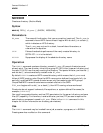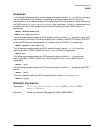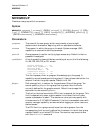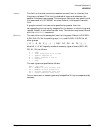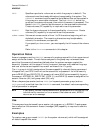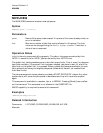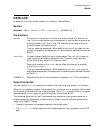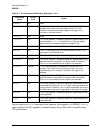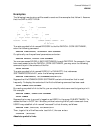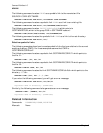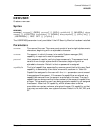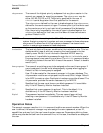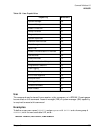
Chapter 5 389
Command Definitions L-O
NEWLINK
NEWLINK
Creates a link to a file, group, account, or directory. (Native Mode)
Syntax
NEWLINK[ LINK=] linkname [ ;TO=] sourceobject [ { ;SYMBOLIC} ]
Parameters
linkname The pathname that points to the file, that when created, will contain the
link. linkname must resolve to a unique name. It may not be the name of an
existing symbolic link, even if that link resolves to the name of a file or
directory object that does not exist.
This is a required parameter. When specifying linkname, you may not use
wildcard characters, file equations, or name a system defined file (such as
$NULL).
sourceobject The path name to which a link is to be created. The sourceobject does not
need to exist when creating symbolic links. This path must resolve to
either a file, group, account, or directory name.
Security provisions of sourceobject do not affect the creation of symbolic
link(s) to sourceobject.
This is a required parameter. When specifying sourceobject, you may not
use wildcard characters, file equations, or name a system defined file (such
as $NULL).
SYMBOLIC Specifies that the link to be created is a symbolic link. This is the default.
Operation Notes
You can use the NEWLINK command to create a link to a file, group, account, or directory.
When newlink represents a path to a symbolic link, the target of that symbolic link is used
as the name of the new link that is being created. The NEWLINK command fails if the path
represented by linkname points to a file or directory that already exists.
The following table lists all the CI commands that operate on files, groups, accounts, or
directories and are affected by symbolic linking. Keep in mind the following data points
when using Table 5-7 below:
• Typically, a symbolic link always resolves to its target name.
• The Follow Link column applies to the filename portion (last component) of an HFS
path.




